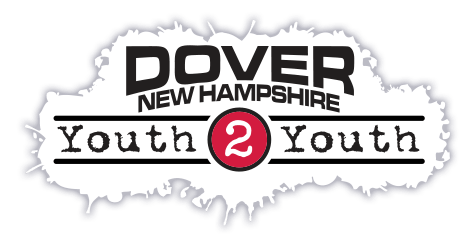History of Lies
History of Lies
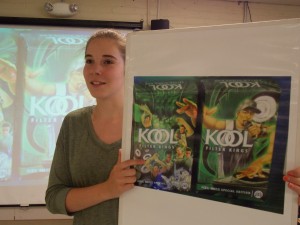
With only slight adjustments, it would be very appropriate for parent or adult audiences as well. The presentation focuses on the ways in which the tobacco industry has used its advertising and promotions in misleading and deceptive ways in order to obscure the actual risks associated with tobacco use. This advertising – along with the industry’s other deceptive and untruthful activities and statements – are chronicled in a History of Lies spanning the past 100+ years.
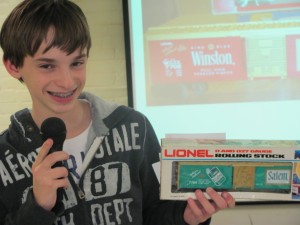
The presentation begins with a discussion of the consequences of tobacco use juxtaposed against the testimony of tobacco executives being questioned before congress. The presentation then takes the audience through an historical tour of industry activities starting with the use of collectable trading cards in packs of cigarettes in the 1800s and early 1900s, to the era where advertising said: “it’s healthy to smoke”, to the current advertising strategy: advertising by association – associating the products with positive, healthy images.

The student presenters discuss how the industry now uses association-style advertising to connect tobacco with healthy and positive images. This would include advertising that features pictures of people who have lots of friends, are athletic, are attractive or who are having fun. The presenters emphasize that often the images used in the advertisements have nothing to do with the actual results of using the product. For example, tobacco causes loss of endurance and stamina associated with sports and athletics. And yet the tobacco industry has historically advertised using images of young, healthy people engaged in sports and athletically adventurous activities.
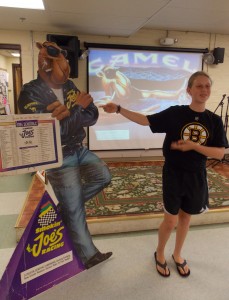
The presenters then go on to discuss how many of the images that the industry uses are particularly attractive to a young audience. The use of this type of advertising is problematic because it creates the impression in young people’s minds that tobacco use is risk-free, harmless and “everyone is doing it”. However, the student presenters point out that, of course, the tobacco industry won’t warn people of the actual consequences of using their product since that would hurt their profits.
The student presenters use PowerPoint, video clips and other visuals to illustrate the practices of the tobacco industry right up through the present. Also emphasized are practices that are particularly attractive to kids, including: the use of cartoons, animated animal mascots, toys, candy flavorings and other practices targeting a youthful audience. Although tobacco consequences are covered during the presentation – the heart of this presentation is designed to develop the audience’s media literacy skills and instill a healthy skepticism regarding the tobacco industry in general.
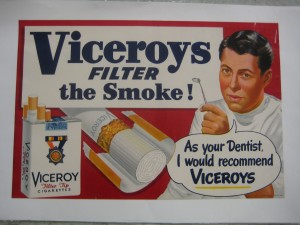
For a teen audience, the hope is that their reaction is: “I’m not going to fall for that! They won’t get me.” If presented to adults, the goal of the presentation would be to help parents and other adults understand the nature of the messages that are being sent to kids by the industry and their advertisers and encourage the use of this “don’t let them trick you” strategy when talking to their kids about tobacco.
To request a presentation of History of Lies by Dover Youth to Youth go to How to Schedule Us in the Resources section of this web site.
